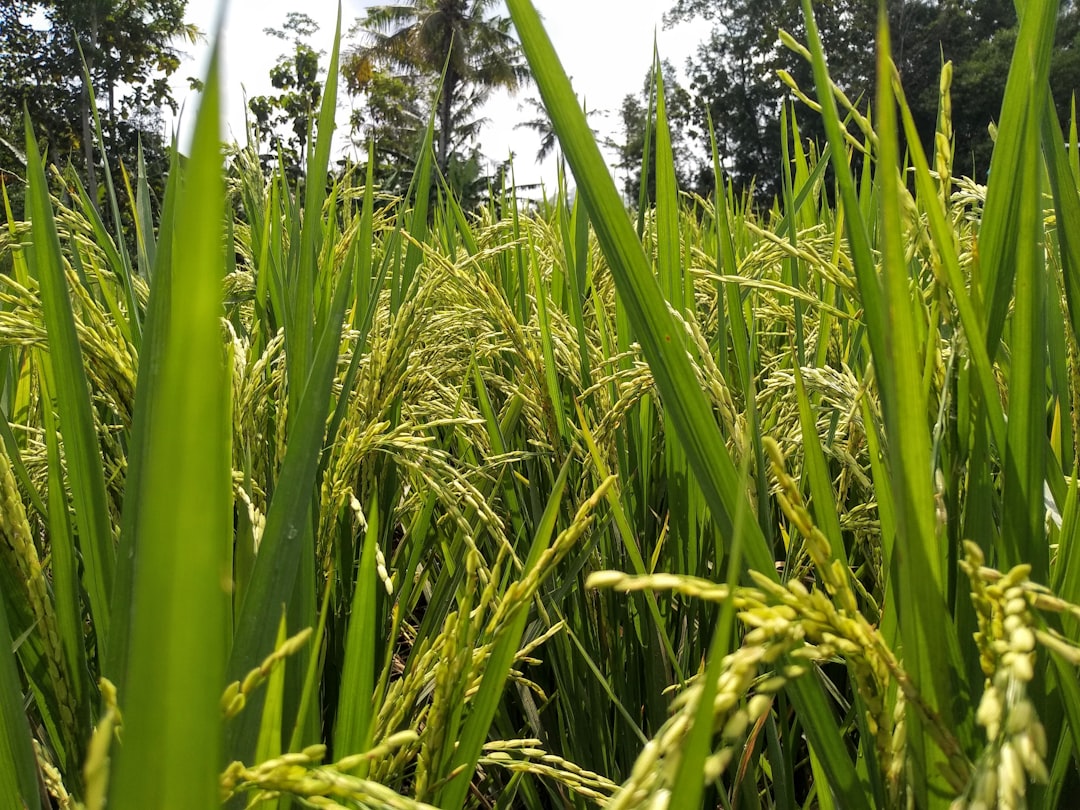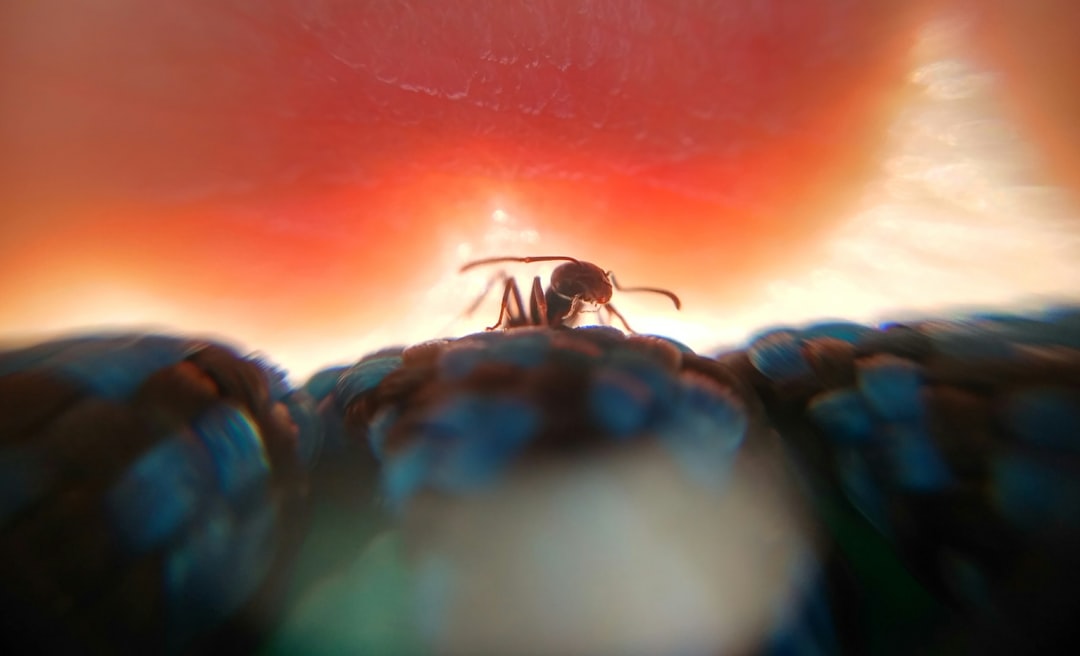What is it about?
In response to herbivore attack, plants release herbivore-induced plant volatiles (HIPVs) that represent important chemical cues for herbivore natural enemies. Additionally, HIPVs have been shown to mediate other ecological interactions with herbivores. Differently from natural enemies that are generally attracted to HIPVs, herbivores can be either attracted or repelled depending on several biological and ecological parameters. Our study aimed to assess the olfactory response of fall armyworm-mated female moths toward odors released by mechanically and herbivore-induced corn at different time intervals. Results showed that female moths strongly respond to corn volatiles, although fresh damaged corn odors (0–1 h) are not recognized by moths. Moreover, females preferred volatiles released by undamaged plant over herbivore-induced plants at 5–6 h. This preference for undamaged plants may reflect an adaptive strategy of moths to avoid competitors and natural enemies for their offspring. We discussed our results based on knowledge about corn volatile release pattern and raise possible explanations for fall armyworm moth behavior.
Featured Image
Read the Original
This page is a summary of: Fall Armyworm, Spodoptera frugiperda (J.E. Smith) (Lepidoptera: Noctuidae), Female Moths Respond to Herbivore-Induced Corn Volatiles, Neotropical Entomology, February 2012, Springer Science + Business Media,
DOI: 10.1007/s13744-011-0003-y.
You can read the full text:
Contributors
The following have contributed to this page










